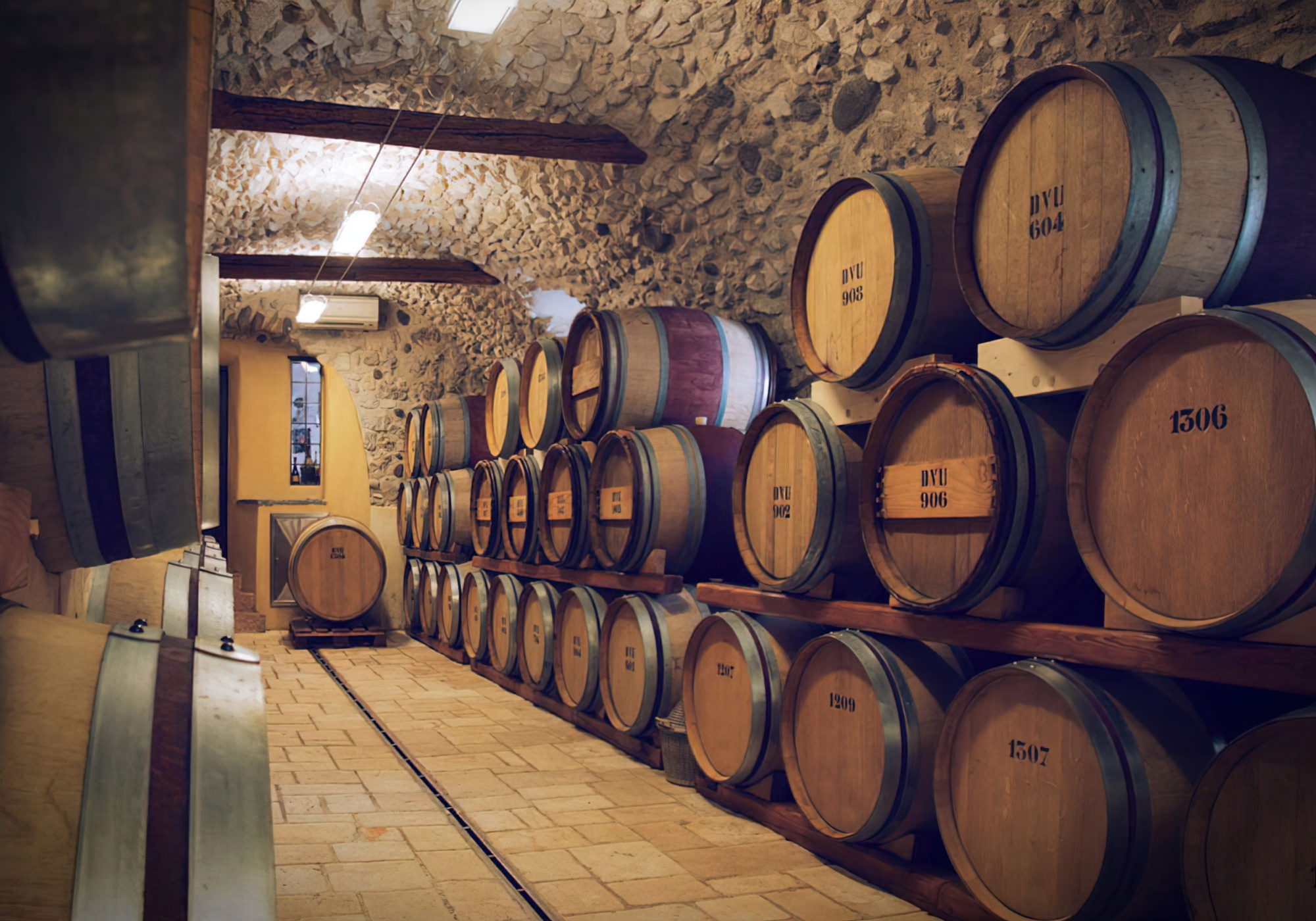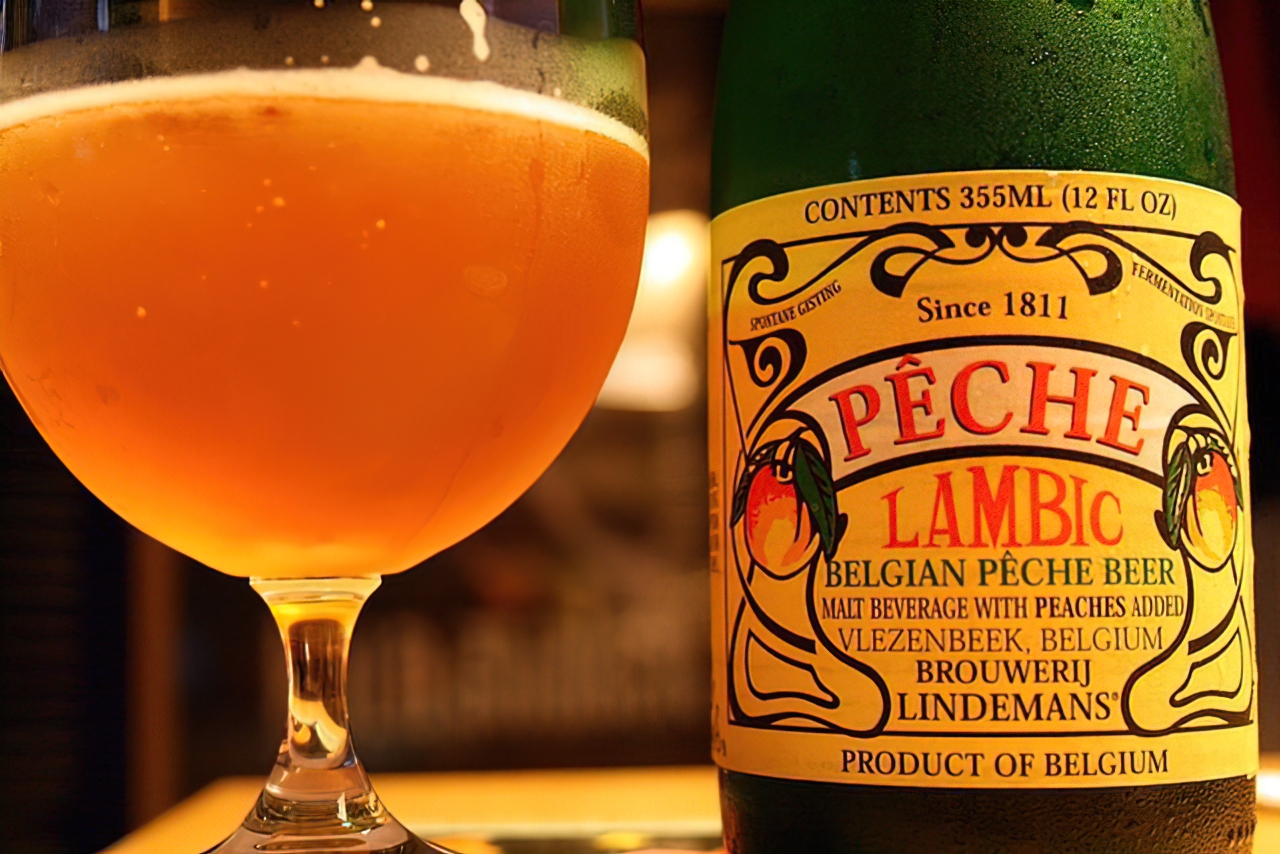Belgian Lambic Beer: an art form steeped in tradition, heritage, and exceptional craftsmanship. Today, we delve into the mystique and allure of this age-old brewing process that results in a uniquely complex, sour, and fruity beer.
Understanding Lambic Beer
Lambic beer stands apart with its spontaneous fermentation process. The magic happens in Belgium’s Pajottenland region, where the cool night air is rich in wild yeasts and bacteria essential for fermentation.
Image Description: Belgian landscape, with open fields and a clear starlit sky, embodying the unique environment conducive to brewing Lambic beer.
Ingredients and Preparation
Here’s a simplified outline for brewing lambic:
- Malted Barley and Unmalted Wheat: Blend 60-70% malted barley with 30-40% unmalted wheat.
- Hops: Age hops for 1-3 years for a reduced bitterness that ensures a robust flavor profile after prolonged fermentation.
- Water: Use soft water, low in minerals, for the best results.
The Brewing Process
The process, from boiling the mixture to fermenting, is an art form. After boiling, the wort is transferred to a ‘coolship’ where it cools overnight. Here, it interacts with the wild yeasts and bacteria in the air, kickstarting the fermentation.
Image Description: An open, shallow vessel known as a coolship, filled with wort, set in a rustic brewery.
Maturation and Blending 
The fermented brew is then transferred in to wooden barrels, where it matures for up to three years. The matured lambic beers are often blended to achieve the desired flavor – a process called “gueuzing.”
Image Description: Rows of wooden barrels filled with Lambic beer, resting in a cellar.
The Final Product
Patience pays off as the result is an exquisitely balanced Lambic beer – tart, dry, with a tinge of bitterness and a complex fruity flavor profile.
Image Description: A glass of golden Lambic beer, set against a vibrant Belgian backdrop.
Creating Lambic beer is a labor of love, patience, and artistic brewing mastery. The process, seeped in age-old tradition, results in a unique beer that truly reflects the beauty of its Belgian roots. So, the next time you enjoy a glass of this iconic brew, you’ll appreciate the artistry and tradition that went into every sip.
Enjoying Lambic Beer: A Sensorial Experience
Image Description: A person savoring the aroma of a Lambic beer before taking a sip.
Appreciating Lambic beer goes beyond just the taste. The aroma, color, and the way it interacts with your palate makes every sip a unique sensory experience.
Lambic Beer Pairings
Pairing Lambic beer with food can enhance its complex flavor. It pairs well with a variety of cheeses, seafood, and even certain types of dessert.
Image Description: A table spread with a variety of foods that pair well with Lambic beer.
Preservation of Lambic Beer
Lambic beer can be stored for years, allowing the flavors to develop further. However, it should be kept upright in a cool, dark place to maintain its quality.
Image Description: Bottles of Lambic beer stored upright in a dark cellar.
The Lambic Culture in Belgium
Lambic beer is more than just a drink in Belgium. It is a significant part of the country’s cultural heritage and identity. Its importance is celebrated in festivals and events throughout the year.
Image Description: A lively Belgian festival, people raising glasses filled with Lambic beer.
Respect for Tradition and Environment
The making of Lambic beer respects age-old traditions. Brewers recognize their reliance on the unique microflora in the air and have an active role in preserving their brewing environment.
In the world of beers, Lambic beer holds a place of honor. The adherence to traditional brewing methods, the patience in aging, and the respect for nature culminate in a drink that is much more than the sum of its parts. As you relish a glass of Lambic beer, you’re not just enjoying a drink, but partaking in a rich, ongoing cultural heritage.